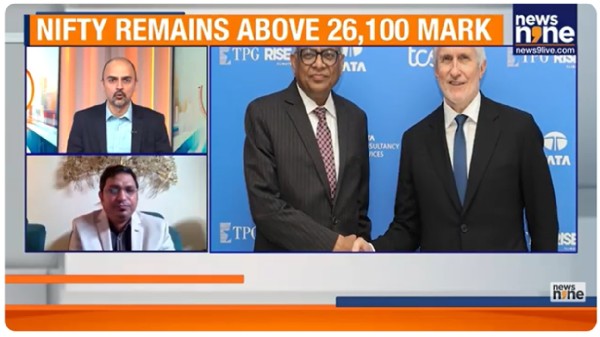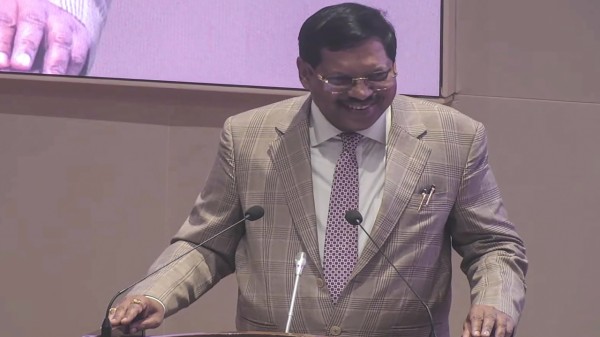

By signing in or creating an account, you agree with Associated Broadcasting Company's Terms & Conditions and Privacy Policy.


By signing in or creating an account, you agree with Associated Broadcasting Company's Terms & Conditions and Privacy Policy.

Kolkata: India's first mutual fund was establishment in 1963 and the first mutual fund scheme to hit the market was Unit Scheme 1964, which was popularly known as US-64, in July 1964. The industry has come a long way in the past 60 years, marshalling significant vigour since the economic liberalisation when market forces got a fillip. After six decades of a mostly vanilla equity and debt products, new categories of strategies are emerging for both the investor and fund manager. The long-short fund is a product that mixes and matches aggressive and risk management techniques to produce returns across market cycles.
Several prominent asset management companies are launching long-short funds now. These includes the biggest fund house in the country SBI Mutual Fund which is preparing to offer Magnum Hybrid Long-Short Fund and has submitted papers with market regulator Sebi. Quant Mutual Fund has already rolled out QSIF Equity Long-Short Fund and Edelweiss Mutual Fund has come up with the country's first hybrid long-short SIF, which blends equity, fixed income, arbitrage and special situations. ICICI Prudential and ITI Mutual Fund have also got the regulatory greenlight. These have been permitted under a new category "Specialised Investment Fund" that have come into existence from April 1, 2025.
"Long-short funds deftly combine two investment strategies -- the long position and the short position. While the former consists in buying stocks which are expected to rise in value, the latter dictates that one should sell borrowed stocks which are supposed to register a decline in value with the ultimate objective of buyig them again at a cheaper price when the prices fall. The jugalbandi is a strategy to reap profit from rising as well as declining stocks," said Nilanjan Dey, director Wishlist Capital and an investment strategist for well over two decades. He referred to Sebi catewgorising REITs as equity as another indicator of maturing investment markets.
The minimum investment in long-short funds is Rs 10 lakh. Though the amount is significant, there is a rising number of individuals who can invest this amount or more in a financial instrument. The key benefit of these funds is flexibility since they are like all-weather fighter aircraft which can deliver in any market condition bull or bear. To understand the difference one can take the example of equity funds which are usually effective only in long positions. Therefore, the long-short funds can manage risk better.
As must be clear from the above discussion, long-short funds are complicated instruments for the fund manager to operate and also for the investors to understand. Therefore, they are not for first timers but for seasoned investors who understand market conditions and what the different strategies to generate returns from them. Long-short funds owe their complexity to the fact that they employ short-selling and derivatives and also leveraging. These are by itself complicated approaches and a combination of these leads to a web of complexities that could perplex common investors.
Moreover, long-short funds, due to their inherent complicacies demand a high degree of deft and skillful handling by the fund managers. There are also different costs heads involved in the operation of a long-short fund such as margin requirements and borrowing fees. However, as the industry matures, these funds can become more and more popular.
(Disclaimer: This article is only meant to provide information. TV9 does not recommend buying or selling shares or subscriptions of any IPO, Mutual Funds, precious metals, commodity, REITs, INVITs, any form of alternative investment instruments and crypto assets.)












